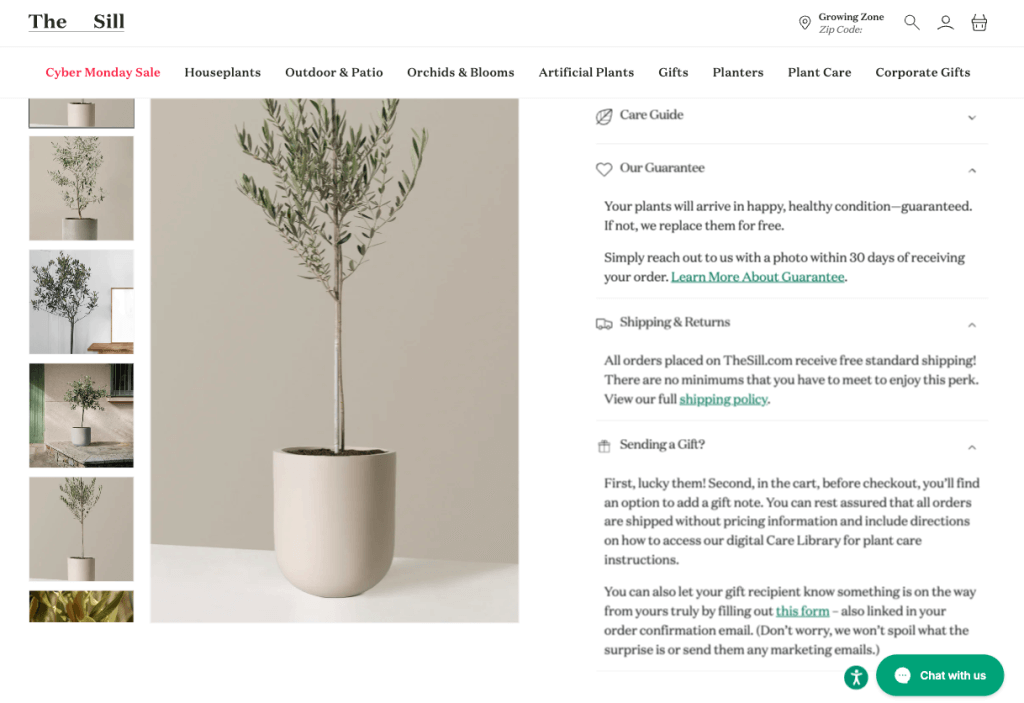Many students find it challenging to manage multiple commitments at once: rigorous classes, part-time jobs, and personal projects they care deeply about.
Students seeking academic support services typically hope tutoring websites or academic writing helpers will give them extra time for personal goals; however, not all services deliver what is promised – leading their search down an endless path of reviews and comments online.
You can read in this allassignmenthelp.com review about an invaluable way of making informed decisions regarding service investments like Allassignmenthelp.com; such insights may assist with making an educated assessment as to whether an investment would be worthwhile, yet students still require strategies of their own in order to manage all areas of life effectively.
Below are several strategies designed to assist anyone seeking balance.
Understanding Your Priorities
Time management can be difficult when trying to prioritize tasks, yet education plays an essential role in professional growth, while jobs provide essential financial support or experience. Finally, personal activities offer vitality for creativity and motivation.
Students often feel overwhelmed by tasks; one effective strategy to alleviate this anxiety is setting daily or weekly goals and writing them all down in one convenient location; doing this makes time management much simpler; adding this task to a weekly planner clarifies which tasks really matter most.
Establishing realistic priorities can help prevent burnout and ensure that important studies don’t get put behind personal projects or hobbies.
Setting a Realistic Schedule
Once priorities have been set, the next step should be setting up an actionable timetable. Timetables come in many forms – digital calendars and planners, as well as paper notes. Honest estimates should always be provided as overestimating can only lead to extra stress from being forced into making haste decisions at short notice.
Dividing large projects into more manageable chunks will make each block of time seem less daunting and make balancing studies, work and personal projects simpler overall. Reading assignments could be divided by chapters while work tasks could be broken up by stages of completion – making each time slot seem more achievable while simplifying overall study, work, and personal project juggling.
To support this kind of balance—especially for tutors or education centers managing sessions, invoices, and student progress—a reliable tutoring management software can automate scheduling, streamline communication, and improve time efficiency across teams.
Minimizing Distractions
To ensure success in any endeavor, minimization of distractions is of utmost importance, from social media and notifications to an untidy environment. Therefore, taking measures such as:
- Disabling unnecessary apps/muting phone alerts.
- Keeping study/work areas clear are all vital parts of maintaining order and staying focused on the tasks at hand.
- Inform friends or family of your quiet hours.
A peaceful environment can help increase concentration. Some students opt to put electronics out of sight while working while others use Pomodoro with short breaks between each Pomodoro to maintain mental energy and keep going! Making small changes could save hours!
Organization with Free Tools and Resources
Staying organized doesn’t need to be hard! With digital tools like Google Calendar and Trello available online for free use, students can stay on top of tasks, notes, schedules or deadlines effortlessly.
Writing assignments are made simpler with online apps like a free grammar checker that provides grammar or spelling checks, or audio recorders for quick thoughts or lecture note capture, and virtual meetings between learners to share tips or resources – these platforms may offer new strategies for managing difficult workloads.
However, it is essential not to become overwhelmed with too many apps; only utilize those that provide real benefits for managing time effectively. Students who consistently utilize one or two reliable tools will notice improvement in their studies.
Building Momentum with Small Tasks
Beginning any large project can seem like an immense task; breaking it into manageable tasks makes the experience simpler and helps create momentum that reduces stress while increasing motivation. Checking off each mini-task gives a sense of progress – building momentum to reduce stress while increasing motivation!
Personal projects also benefit from taking small steps at once. Perhaps someone loves painting or coding and would like to dedicate some of their free time toward improving it; setting aside just 30 minutes daily helps maintain this hobby even during hectic periods – these small increments add up into substantial project growth!
As someone juggling both work and studies simultaneously, taking small steps are increasingly vital. Doing something every day helps maintain consistency while preventing last-minute panics.
Reflecting and Adapting Regularly
Life rarely goes as planned, with unexpected course loads or work shifts often changing plans. Therefore, it is advisable to frequently review one’s schedule – be it weekly, bi-weekly, or monthly reviews – in order to evaluate what worked and any necessary adjustments that need to be made in order to remain productive and meet one’s goals.
Reflection time can help uncover any uncompleted tasks or events, from missed events and deadlines to not completing essays on time or maintaining academic routines. Planning these details early can prevent last-minute surprises while providing opportunities to celebrate small victories, such as meeting your academic routine goals on schedule or finishing an essay assignment early.
Staying flexible helps to ensure everything runs smoothly; an existing plan can be adjusted as new responsibilities emerge.
The Path to a Balanced Life
Students don’t need to feel bogged down by projects and roles; by setting priorities and creating an organized schedule with minimal distractions as needed, all can find success both academically and otherwise.
Maintaining equilibrium among studies, work, and personal projects may seem an impossible feat at times, but with the appropriate tools and mindset, this goal can be reached. Maintaining this equilibrium can bring growth across the board while leaving room for relaxation, creativity, and enjoying each momentous day!
Consistent reflection and planning make an immeasurable difference, providing structure without restricting opportunities. Over time, these habits become part of daily routines, transforming an overwhelming schedule into fulfilling daily routines.







